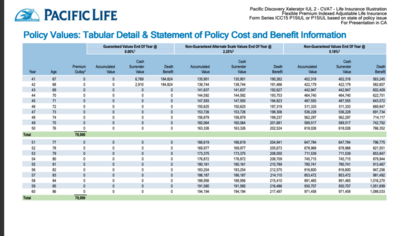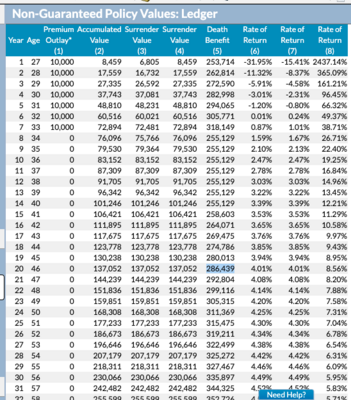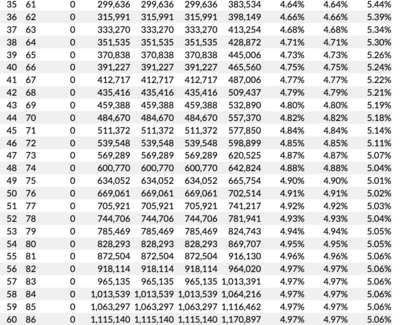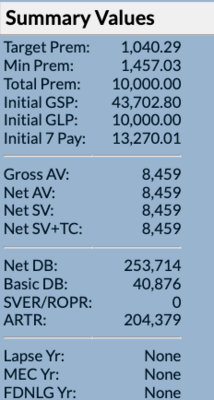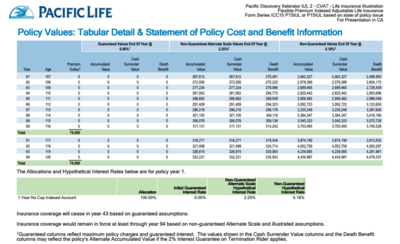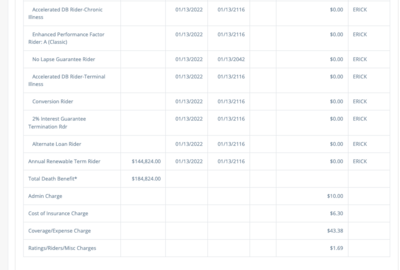ejbarraza
Expert
- 65
I am receiving $355 in commission I don't know what you want me to say. That is the illustration that was sent to the home office and they issued the policy.For a 10k/yr max funded policy?
Your attachment doesn't work but expenses don't equal commissions...you know that, right?

